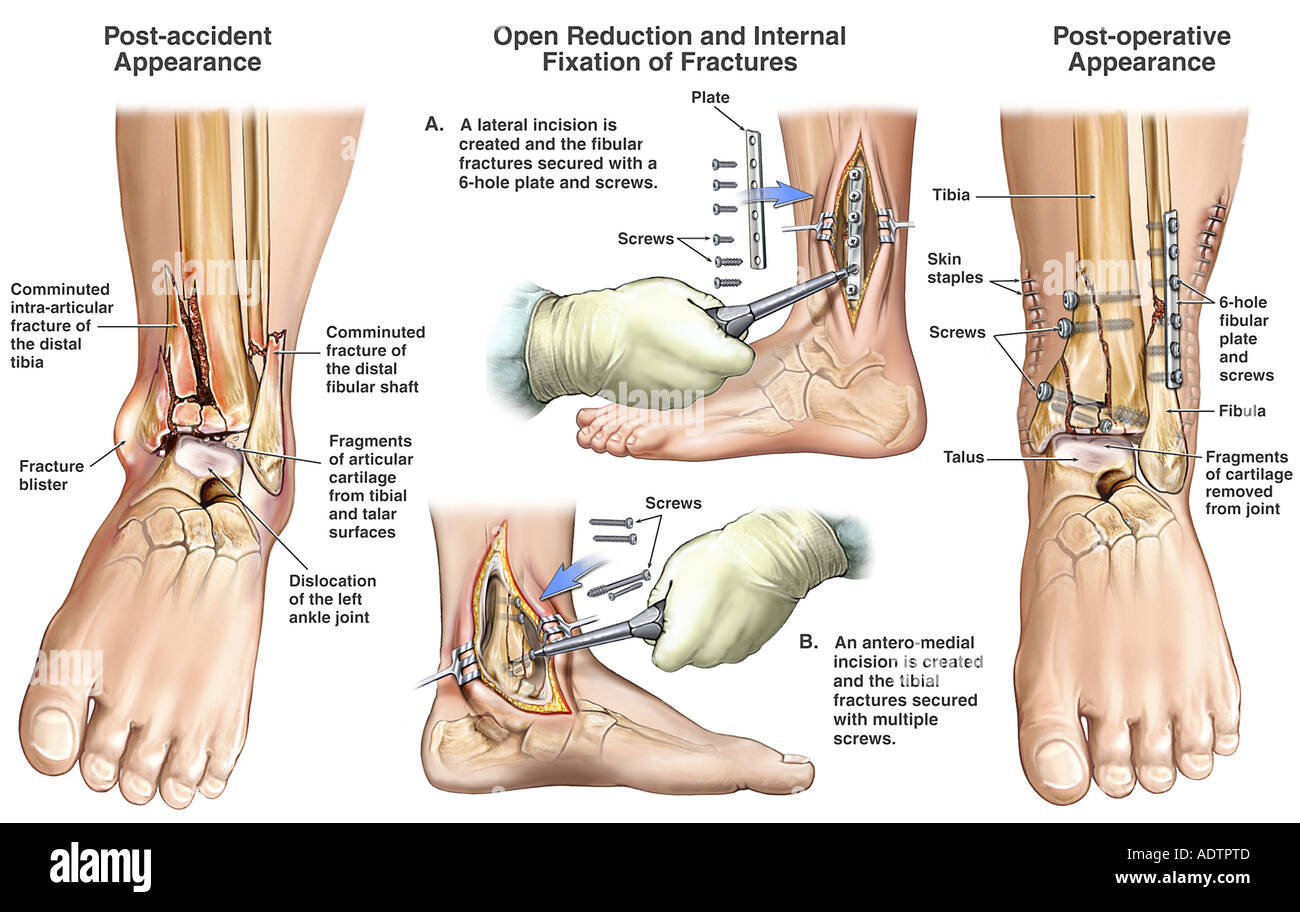
When the swelling isn’t severe and the ankle can bear weight, it’s very unlikely to be a fracture.Ī medical protocol called the Ottawa ankle rules is often used to help doctors determine if X-rays are needed. There’s some controversy over whether X-rays are needed to determine if the ankle injury is indeed a fracture. Your doctor will diagnose your ankle by physical examination and manipulation of the ankle, possibly followed by X-rays. These fractures often occur in sports involving a sudden change of direction. The peak age for injury is 11 to 12 years. Slightly more than half of all adult ankle fractures are the result of falls, and 20 percent are due to auto accidents.Īnkle fractures are also a common childhood injury. These fractures are more common in women ( nearly 60 percent) than men.

Stress fractures of the medial malleolus can be hard to detect.Īnkle fractures are among the most common fractures in adults, and the medial malleolus is often involved.
DOES DISTAL FIBULA FRACTURE NEED SURGERY CRACK
When the bone develops a crack or breaks, but the parts don’t move away from each other, it’s called a “stress” or hairline fracture. It may also involve injury to a ligament of the leg. But a medial malleolus fracture is more often part of a compound injury involving one or both of the other ankle parts. When a medial malleolus fracture occurs by itself, it’s called an “isolated” fracture.

The other two are the lateral and the posterior malleolus.

The medial malleolus is the largest of the three bone segments that form your ankle. It’s actually not a separate bone, but the end of your larger leg bone - the tibia, or shinbone. You probably know the medial malleolus as the bump that protrudes on the inner side of your ankle.


 0 kommentar(er)
0 kommentar(er)
